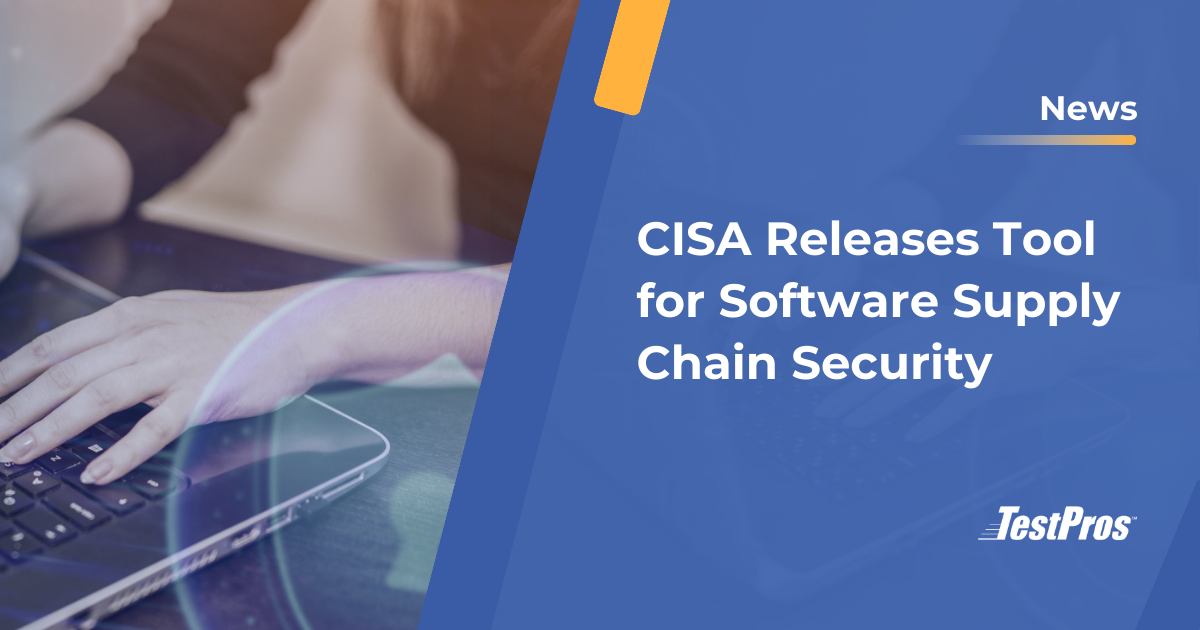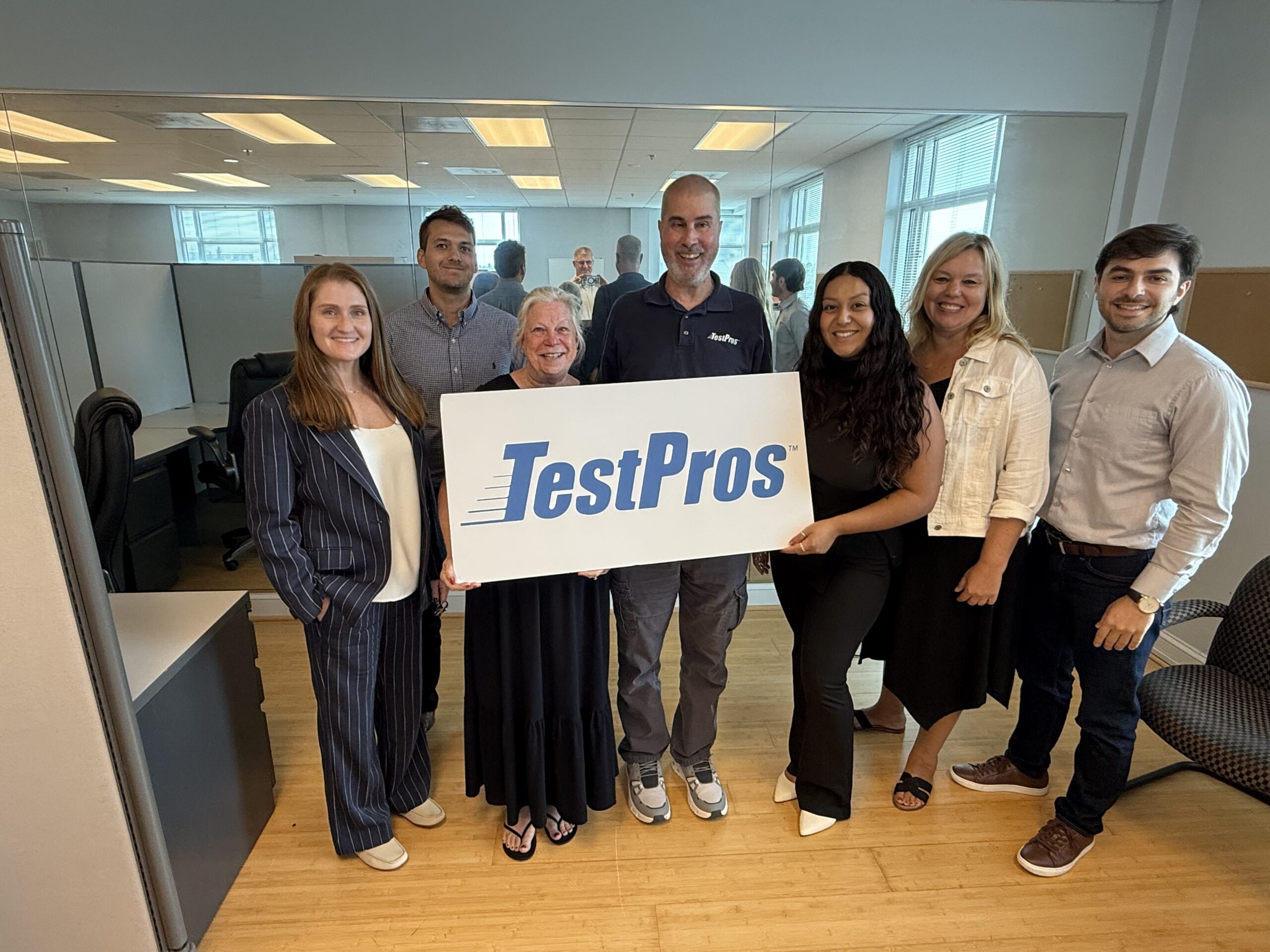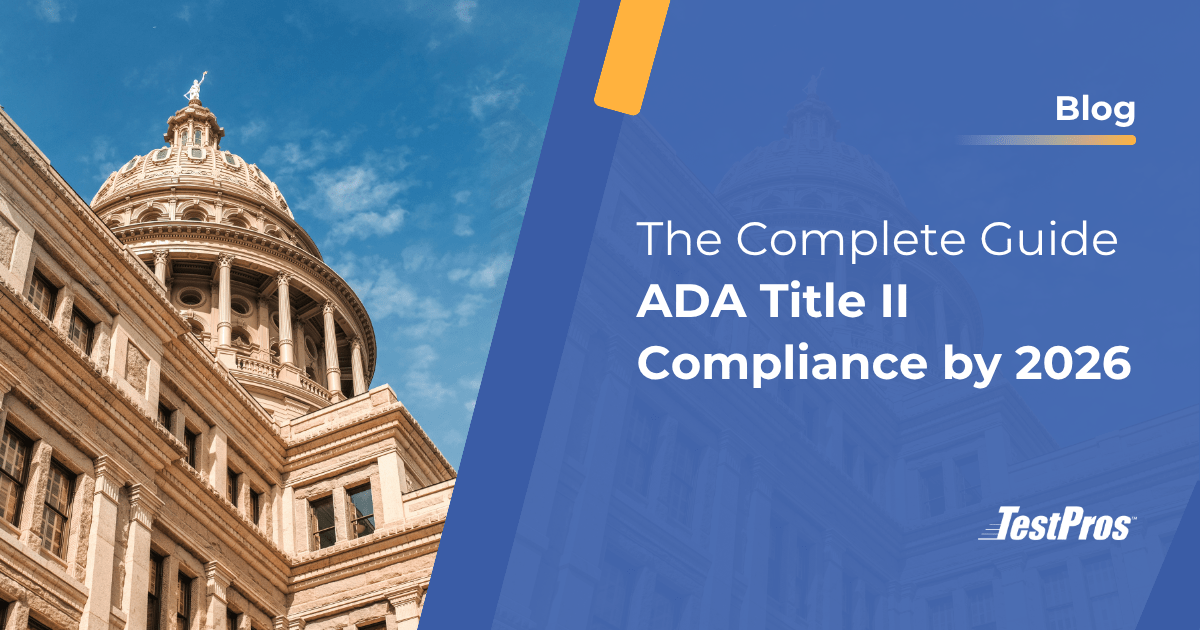In the age of pervasive availability of digital documents, software, hardware, and online services, it is more important than ever to ensure nondiscrimination of users with disabilities. The Web Content Accessibility Guidelines (WCAG) 2.0 – created and managed by the World Wide Web Consortium (W3C) – includes a set of principles, guidelines, success criteria, and advisory techniques aimed at making Web content more accessible to many of those users with disabilities.
While WCAG 2.0 does not and cannot address all types and levels of disabilities, it does a great job make the Web more accessible for those with visual, auditory, physical, speech, cognitive, language, learning, and neurological disabilities. The accessibility community has also done a great job developing and documenting examples of compliance issues and best practices for achieving compliance.
Guidelines and Success Criteria
The guidelines and success criteria in WCAG 2.0 A, AA, and AAA are organized around four key principles, commonly referred to as “POUR”. POUR is an acronym for the following principles:
Perceivable – Information and user interface components must be presentable to users in a way they can perceive.
Operable – User interface components and navigation must be operable.
Understandable – Information and the operation of user interface must be understandable.
Robust – Content must be robust enough that it can be interpreted reliably by a wide variety of user agents, including assistive technologies.
What is WCAG 2.0 A, AA, and AAA?
WCAG 2.0 is divided into three different levels of conformance: A (lowest), AA, and AAA (highest). Each level of conformance contains testable success criteria which are used to evaluate whether and to what degree an application is accessible. Below is an overview of each level of conformance and their associated success criteria.
WCAG 2.0 Level A contains the least stringent success criteria and minimally accessible for users with disabilities. Achieving compliance with WCAG 2.0 will affect the broadest audience and yield the highest benefit.
WCAG 2.0 Level AA includes all the success criteria from WCAG 2.0 A, plus additional criteria. Compliance with the criteria at this level will ensure most assistive technology on mobile and desktop devices will work correctly.
WCAG 2.0 Level AAA contains the most restrictive success criteria and conformance with this level denotes that an application has significant functionality supportive of users with disabilities. However, AAA does not ensure an ICT is accessible to all users with disabilities.
Is WCAG 2.0 A, AA, AAA Compliance Required?
Unfortunately, the answer is it depends. For government or other entity procurements that require Section 508 or Section 504 of the Americans With Disabilities Act, as amended, compliance, WCAG 2.0 is the mandated standard for evaluating the accessibility of an ICT. However, depending on the type of ICT, some success criterion may not apply. For example, “electronic content” (a.k.a. PDFs, Word Documents, PowerPoint Presentations, etc.), “shall not be required to conform to…” WCAG 2.4.1, 2.4.5, 3.2.3, and/or 3.2.4 (Access-Board.gov).
With ICT that falls under Title III of the ADA, place of public accommodation, the answer is a little more complicated. WCAG 2.0 Level AA is generally considered the most appropriate standard to evaluate accessibility of an ICT that falls under Title III. However, both the Department of Justice (DOJ) and Federal Courts have declined to expressly require WCAG 2.0 as the legal standard for evaluating the accessibility of ICT but have repeatedly affirmed that Title III does apply to websites. Further, DOJ has argued, and the Courts have agreed, that the lack of a specific regulation does not excuse noncompliance.
A ruling issued by the 9th Circuit Court of Appeals asserted that a lack of adoption of a specific standard allows for flexibility with how the regulation is complied with (Robles v. Domino’s Pizza, LLC). In addition, DOJ has made clear through its 2010 Advanced Notice of Proposed Rulemaking that, “noncompliance with a voluntary technical standard for website accessibility does not necessarily indicate noncompliance with the ADA” (Regulations.gov, RIN 1190-AA61).
In other words, there is not a particular standard for ADA compliance to allow for creativity in achieving ADA compliance. For example, an accessibility support service that is available 24/7 could theoretically be provided to assist users with disabilities who cannot access noncompliant information on a website.
For additional information regarding the applicability of Section 508 and Title III, see our articles on “What is Section 508 of the Americans with Disabilities Act” and “Title III of the Americans with Disabilities Act”.
How Can I Achieve WCAG 2.0 Compliance?
Achieving WCAG 2.0 compliance can be complicated and requires greater discussion than can be covered in this article. However, stay tuned for Part 2 of this series where we will discuss some of the key WCAG 2.0 Level A success criteria in greater detail and offer some guidance for how to conform.
Part 3 will cover success criteria in WCAG 2.0 Level AA and Part 4 will cover the criteria in WCAG 2.0 Level AAA. Lastly, Part 5 of this series will discuss the Voluntary Product Accessibility Template, or VPAT, as well as automated and manual means for assessing conformance to WCAG 2.0.
In the meantime, the best step your organization can take to become compliant with WCAG 2.0 is to have an audit conducted by independent accessibility professionals, such as TestPros.
TestPros offers full life-cycle services for accessibility compliance, to include but not limited to: initial accessibility assessments / gap analyses, accessibility regression testing, integration of automated testing solutions in CI/CD pipelines, remediation of non-compliant software, and training. To learn more about our accessibility services, contact us or check out our services page!





